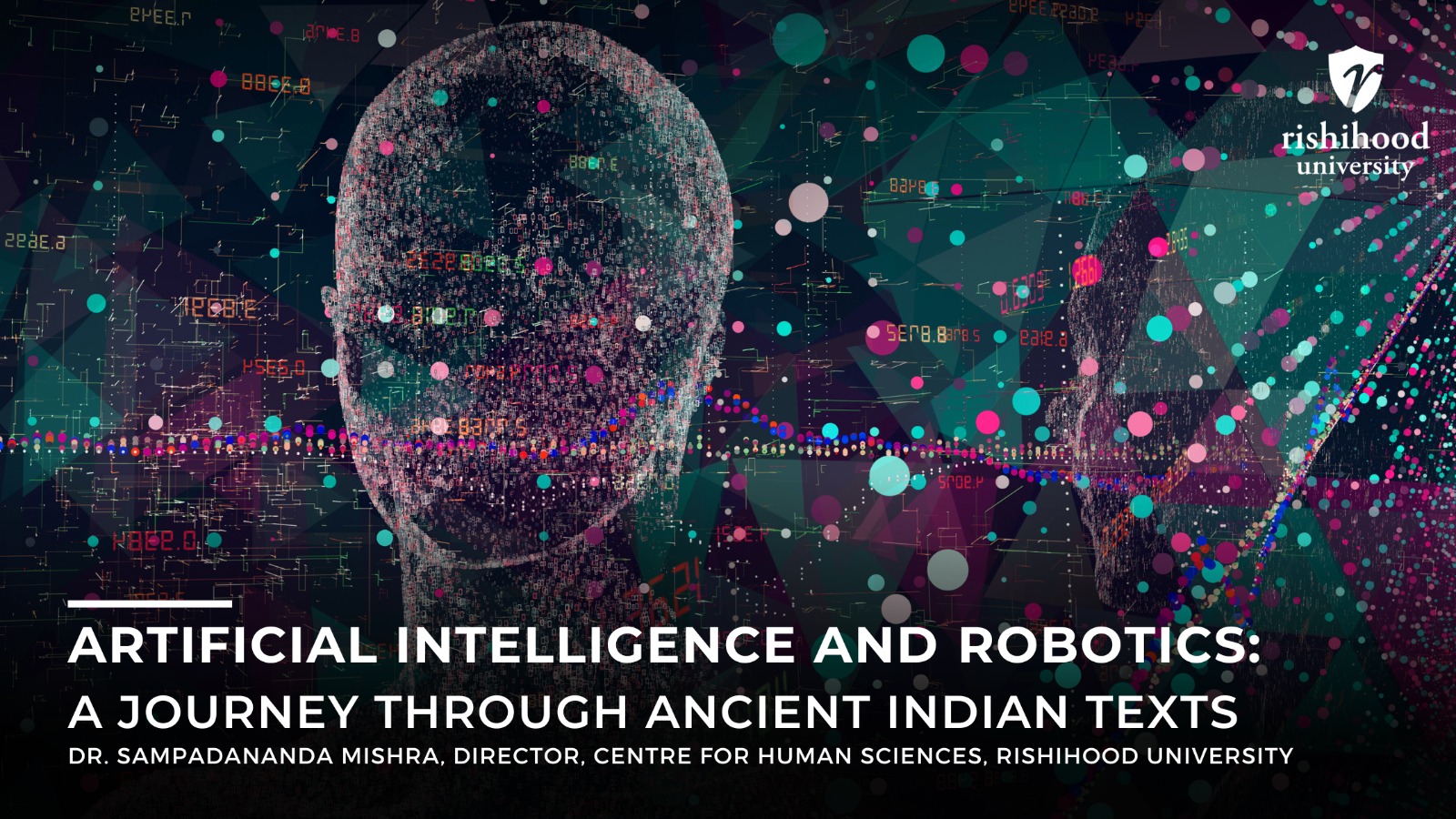The concept of Artificial Intelligence (AI) and Robotics has captured the human imagination for decades, but its origins stretch back far beyond the technological revolution of the 20th century. While most of us credit the computer scientists and the pioneers of the 1950s for laying the foundation of AI, there exists a lesser-known, yet captivating narrative buried within the ancient Indian texts. These sacred texts, belonging to thousands of years ago, provide glimpses of artificial beings endowed with intelligence and consciousness, long before computers and algorithms became a reality. There are intriguing references and narratives in the ancient Indian texts that indicate a fascination with mechanical contrivances and automation. Nonetheless, the glimpses of mechanical devices, automata, and sophisticated engineering found in ancient texts, puranic narrations, and temple architecture provide fascinating insights into the innovative and intellectually curious nature of ancient Indian civilization.
It is the awe-inspiring technological achievements mentioned in historical and sacred texts of Indian origin that trigger the quest to explore the roots of artificial intelligence. Despite the fact that it is important to recognize the brilliance of ancient civilizations and their contributions to the world of technology, it is also necessary to dig deep into human history, discovering early concepts of Artificial Intelligence in ancient Indian texts.
Venturing into the realm of Indian knowledge tradition, one uncovers a rich variety of narratives involving artificial life, robots, and self-moving machines. We find in ancient Indian texts, such as the Ramayana and Mahabharata, stories showcasing the existence of automatons created by divine beings like Vishwakarma and Maya. These can be considered the world’s earliest science fiction tales, where cultures imagined the marvels of artificial existence with divine imagination and skill. Furthermore, Ancient Indian texts, such as the Arthashastra by Chanakya and the Samarangana Sutradhara by King Bhoja, mention the existence of yantras, mechanical devices, and automata. These yantras were intricate machines with various mechanisms designed to perform specific tasks, such as operating doors, musical instruments, or even complex war machines. These texts provide valuable insights into the advancements in engineering and technology during that time.
However, it is essential to acknowledge that these ancient stories are not direct precursors to modern AI technology. Instead, they offer a fascinating glimpse into the human desire to create intelligent beings and machines even in ancient times. The intricate blend of technology and mythology serves as a testament to the creativity and brilliance of our ancestors.
To truly appreciate the wisdom embedded within these ancient texts, one must recognize that technological marvels described in stories and episodes in the Ramayana, Mahabharata, Puranas, and other texts are not merely fantastical tales but also reflections of the human fascination with AI-like constructs. As technology has progressed, we can now look back and discern the echoes of AI concepts in these age-old narratives. The scientific community’s growing interest in Sanskrit as a natural language input to computers further strengthens the link between ancient wisdom and modern AI. The classical language, often regarded as “Natural Language” due to its closeness to human thought processes, provides a unique perspective for enhancing natural language comprehension in machines.
While these ancient narrations might not directly lead to the development of modern AI, they inspire us to reflect on the unyielding human spirit to explore the realms of possibilities. The convergence of ancient wisdom with modern science, including the potential of Sanskrit as a natural language input, emphasizes the significance of embracing our rich cultural heritage to pave the way for a smarter, better future. As we progress in the age of AI, let us not forget to acknowledge the roots that extend deep into the sands of time, reminding us that our journey into the future is an inseparable continuum of our past.
(To be continued)
– Dr. Sampadananda Mishra, Director, Centre for Human Sciences, Rishihood University

